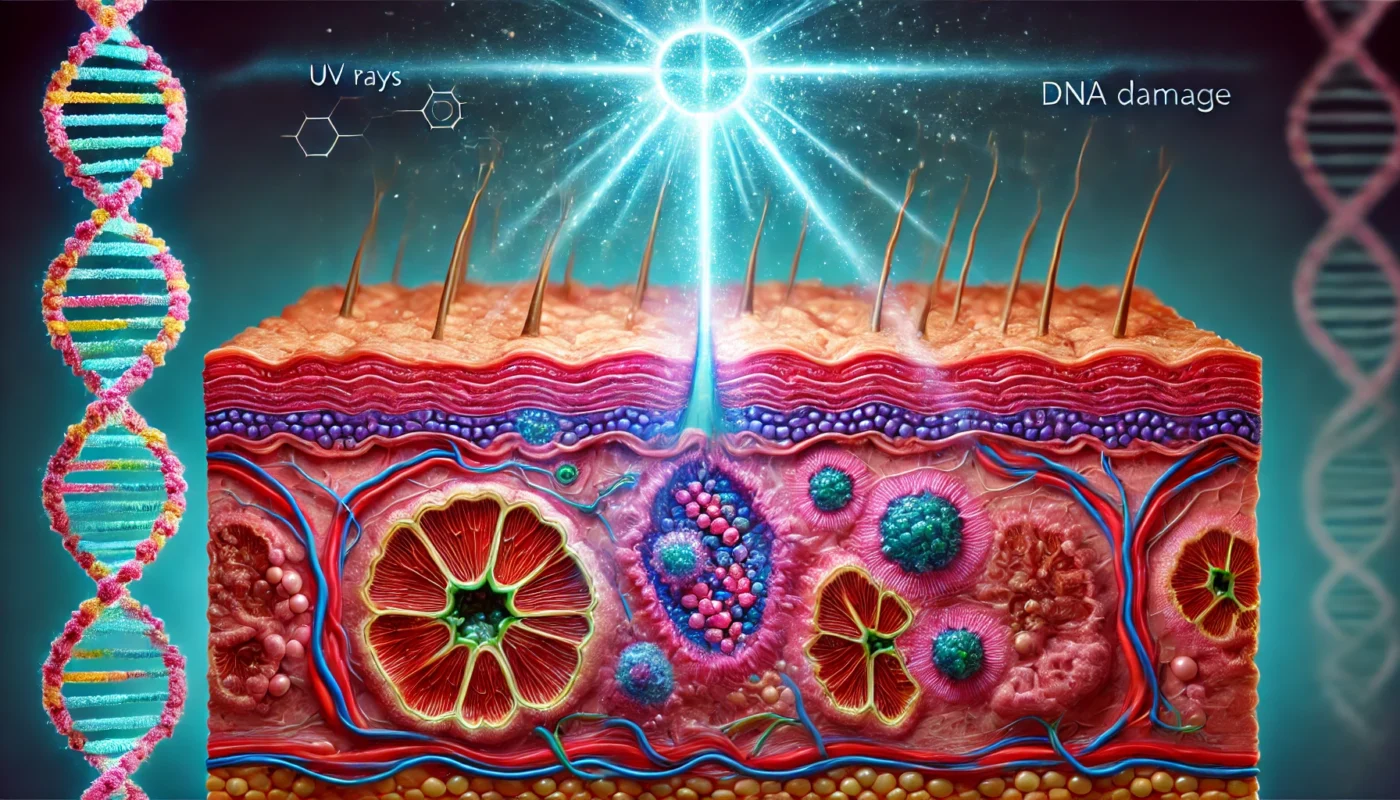Understanding the far-reaching implications of sunburns transcends the immediate redness and discomfort. It involves exploring the potential long-term effects, such as heightened skin cancer risks, accelerated aging, and various skin-related issues. In this detailed guide, we delve into the complex consequences of sunburns, backed by scientific research, and offer practical advice for prevention and treatment.
Tag Archives: sunburn symptoms
Sun poisoning, also known as polymorphic light eruption, is a severe form of sunburn. It can occur after prolonged exposure to the sun without adequate protection. Symptoms can vary but typically include:
Red, itchy skin
Blisters and hives
Fever and chills
Nausea and dizziness
Headache
The severity of these symptoms underscores the necessity for effective treatment methods. Understanding the stages of sun poisoning is essential to manage it properly. Early recognition and response can mitigate the effects and promote quicker healing.
Sunburn is a common occurrence, especially during the summer months. It’s a clear sign that your skin has been damaged by the sun’s ultraviolet (UV) rays.
But what happens when your feet, specifically, get sunburned?
You might notice that they become swollen, causing discomfort and making it difficult to walk. This is a natural response of your body to the sunburn.
In this article, we will delve into the science behind why your feet can swell after a sunburn. We’ll explain the body’s inflammatory response to sun damage and how gravity can exacerbate swelling in the feet and ankles.
We’ll also provide practical advice on how to manage and treat the condition. This includes immediate actions to reduce swelling, long-term recovery strategies, and alternative remedies.
Sunburn nerve pain, often described as a sensation akin to needles pricking the skin, is a result of the damage caused by ultraviolet (UV) rays from the sun. When the skin is overexposed to UV radiation, it can lead to an inflammatory response that affects the nerves in the skin. This can result in heightened sensitivity and the painful sensations associated with a severe sunburn. Understanding this condition is key to managing it effectively.
The Science Behind the Pain
When UV rays penetrate the skin, they cause direct damage to the DNA in skin cells. The body responds by initiating an inflammatory process, releasing chemicals like prostaglandins, leading to redness, swelling, and pain. This reaction is the body’s attempt to repair the damage but can result in significant discomfort.




